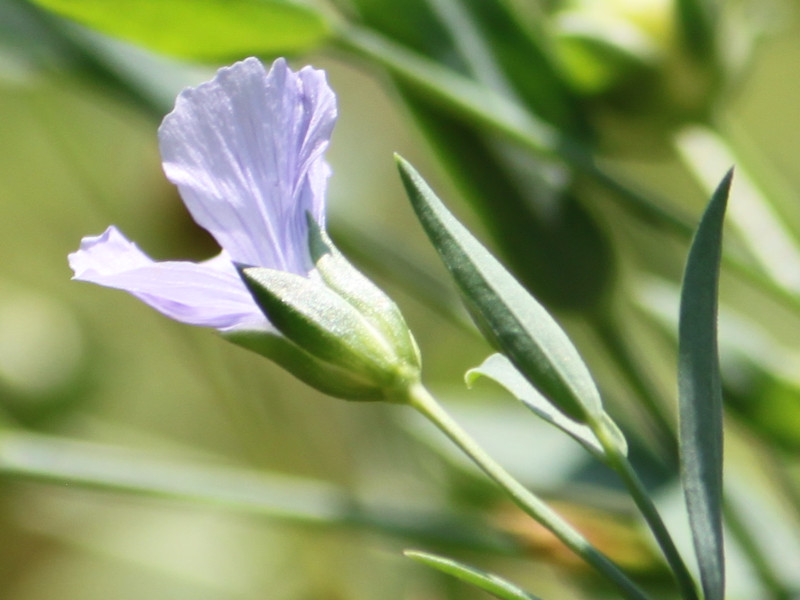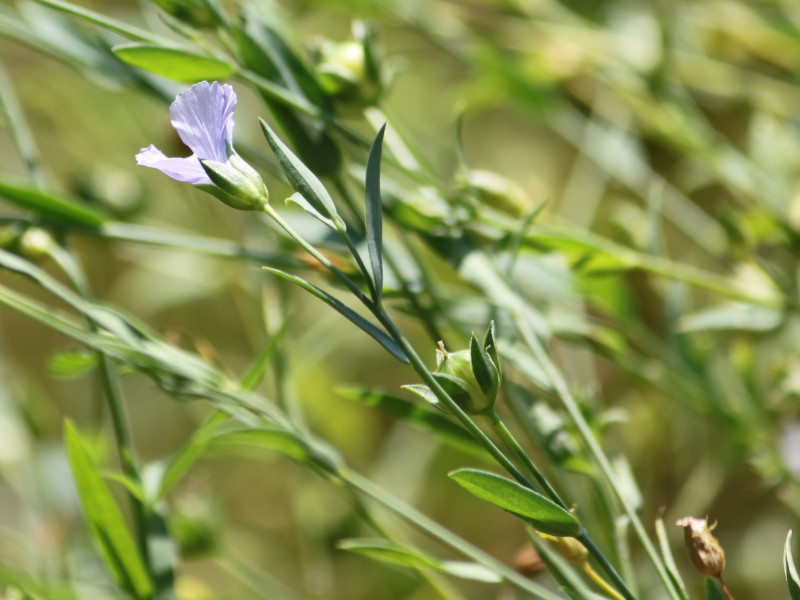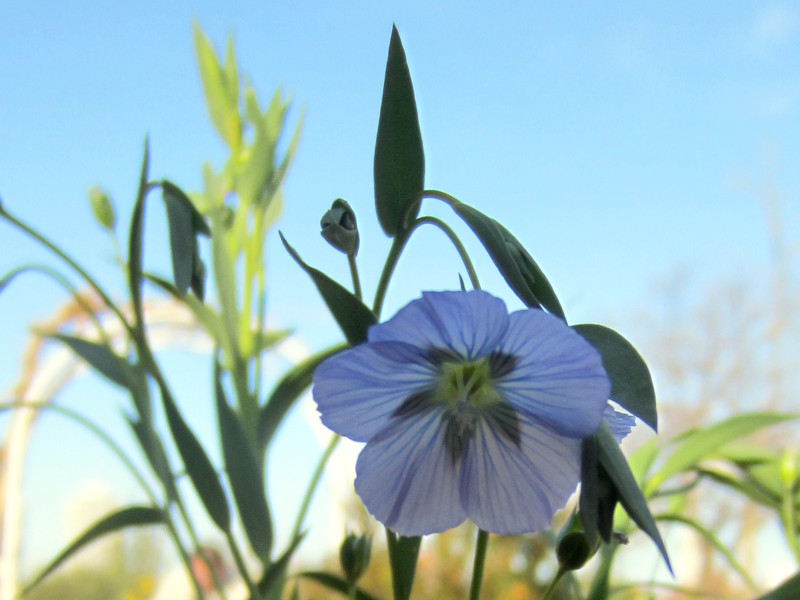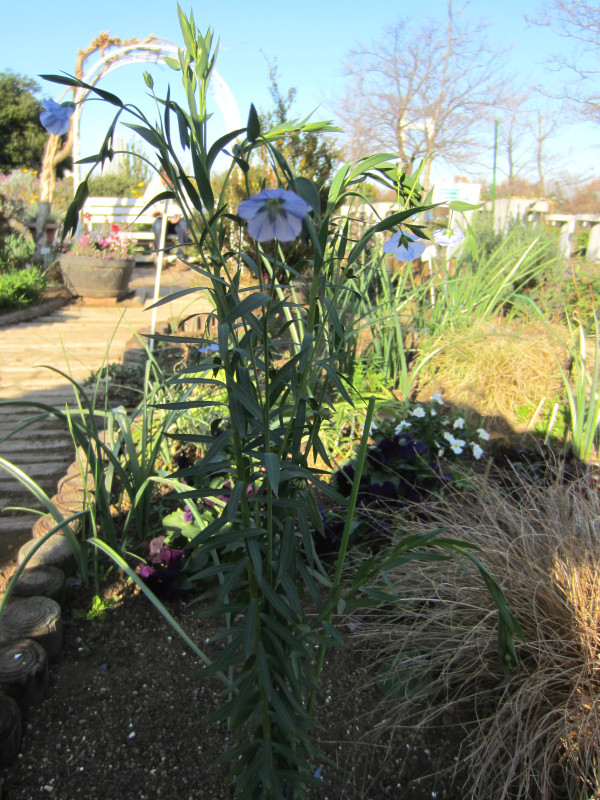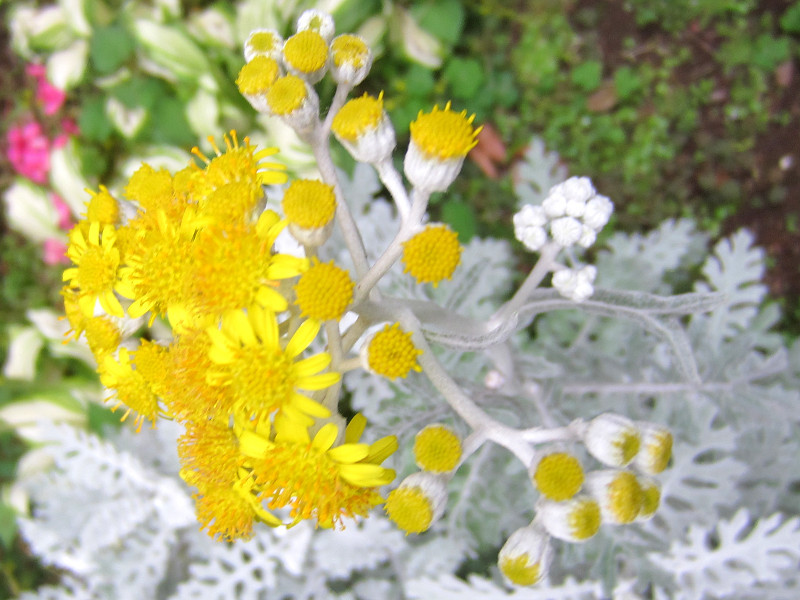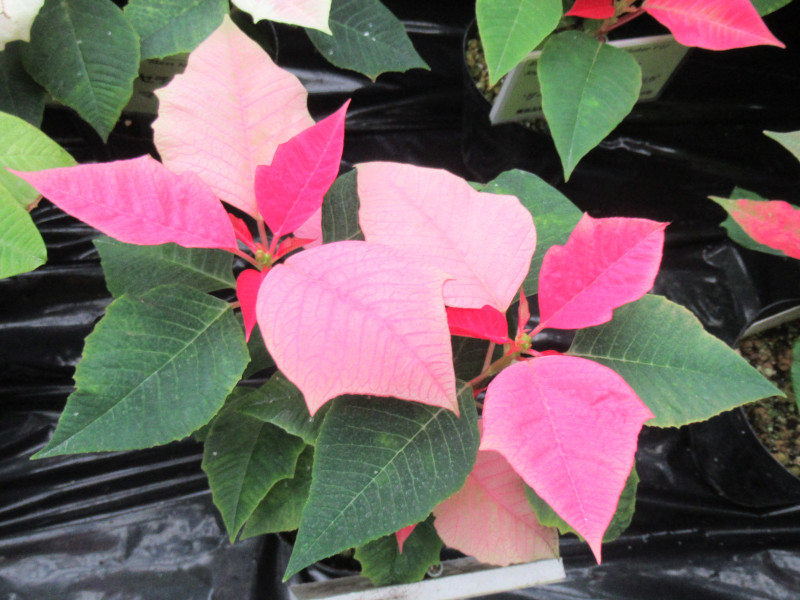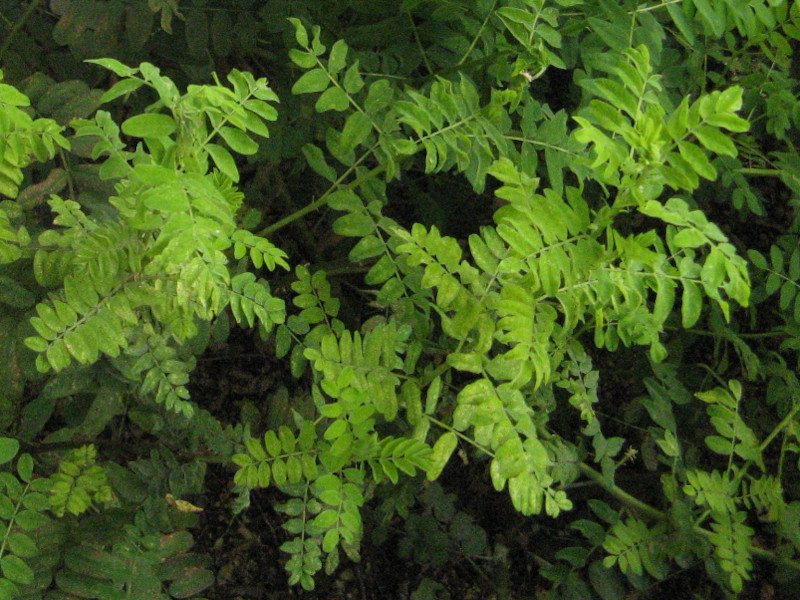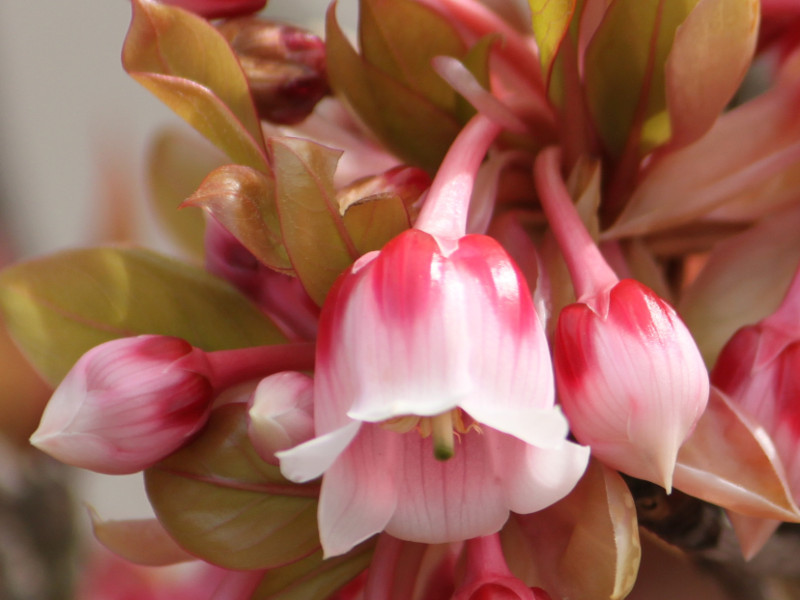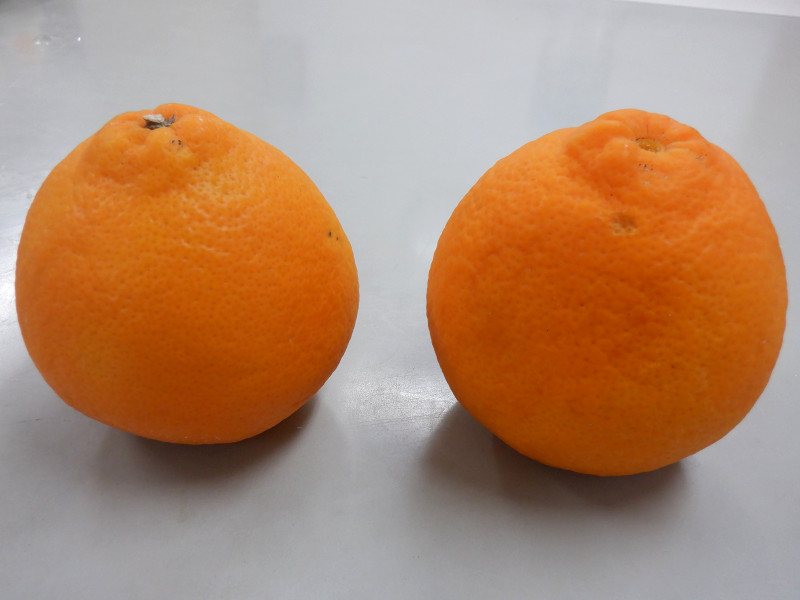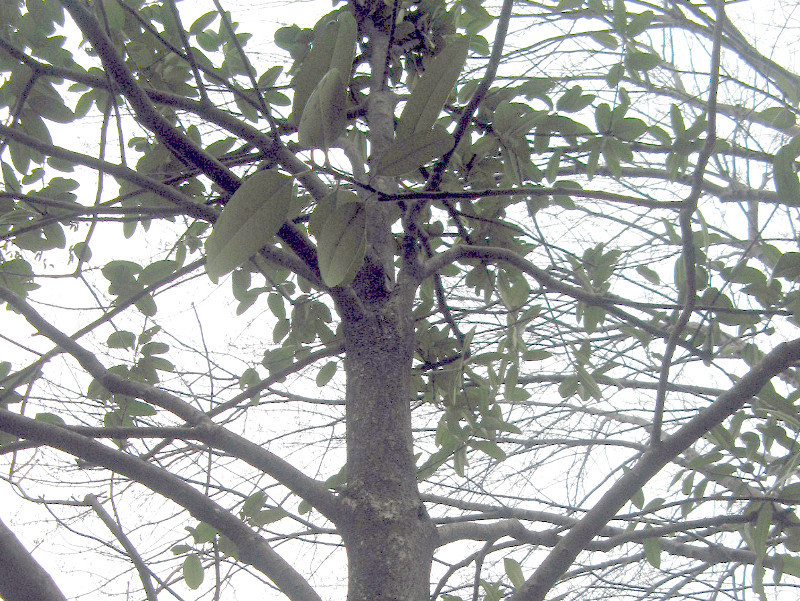Flax
- Flower nameFlax
- Scientific nameLinum usitatissimum
- AliasLinum usitatissimum, フラックス
- Place of originCaucasus, Middle East and Eurasia
- Place of floweringGarden, Potted flower
- Flowering seasonApril, May, June, July
What is Flax
Flax or Linseed (Linum usitatissimum) is an annual herb of the family Amaranthaceae, native to the Caucasus, Middle East and Eurasia. It grows to about 1.2 meters tall with thin stems. The leaves are green, glossy, long-lanceolate, and alternate. It produces pale blue or white five-petaled flowers in spring and summer. It has been cultivated since ancient Egyptian times and is a useful crop for fiber and oil. The fiber is called linen and is used to make sheets, underwear, and table linens. The oil is known as linseed oil.
Common name: Flax, scientific name: Linum usitatissimum, also known as nume sesame, annual flax, red sesame, origin: Caucasus, Middle East, Eurasia Stem: Thin, Leaf Color: Green, Leaf Texture: Glossy, Leaf Form: Long-lanceolate, Leaf blade: 2-4 cm, Leaf Width: 0.3 cm, Leaf Inflorescence: Alternate, Amphibian, Insect-flowering, Radially symmetrical, Inflorescence Form: Conical, Flower Diameter: 1.5-2.5 cm, Petals: 5, Flowering Style: Single, Flower Color: Blue or White, Flowering Season: April-July Flowering season: April-July; fruit: capsule; seed shape: flat-ovate.
